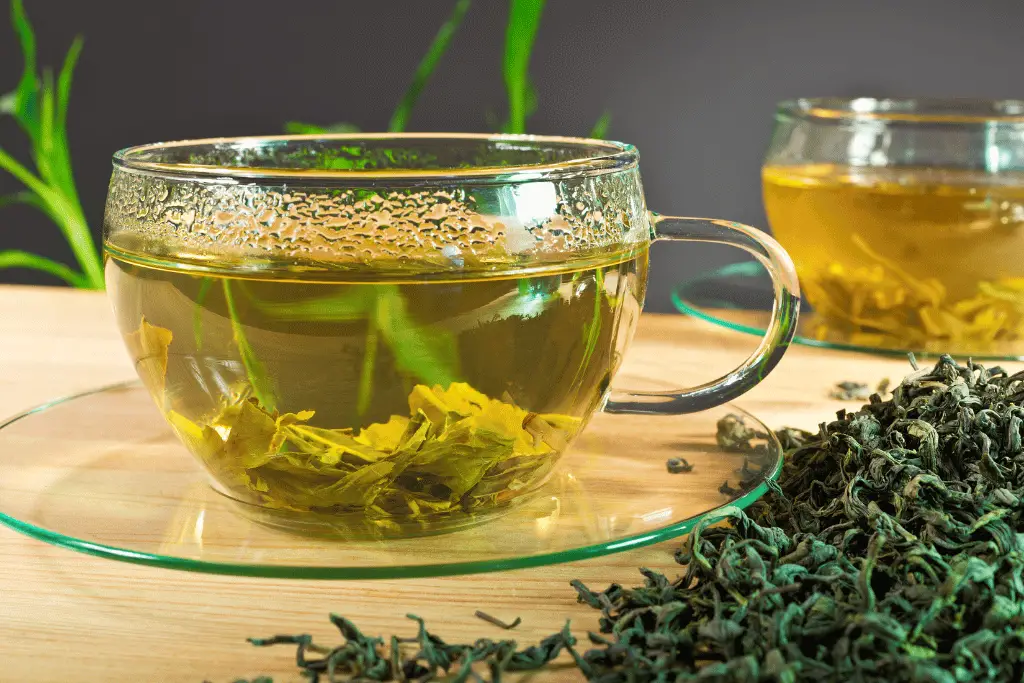
In the intricate world of tea, green tea stands out as a gem, celebrated not only for its nuanced flavor but also for its potential health benefits. However, savoring this ancient elixir isn’t just about the tea itself; it’s about timing. In this exploration, we’ll unravel the layers of when is truly the best time to drink green tea, delving into the rich tapestry of traditions, health considerations, and the subtle dance between tea and time.
Understanding the Basics of Green Tea:
Green tea, derived from Camellia sinensis leaves, undergoes minimal oxidation during processing. This unique preparation method preserves the natural compounds, including catechins and antioxidants, believed to contribute to its health-promoting properties. The delicate flavors, ranging from grassy to slightly sweet, add to its allure.
The Morning Brew: A Energizing Start
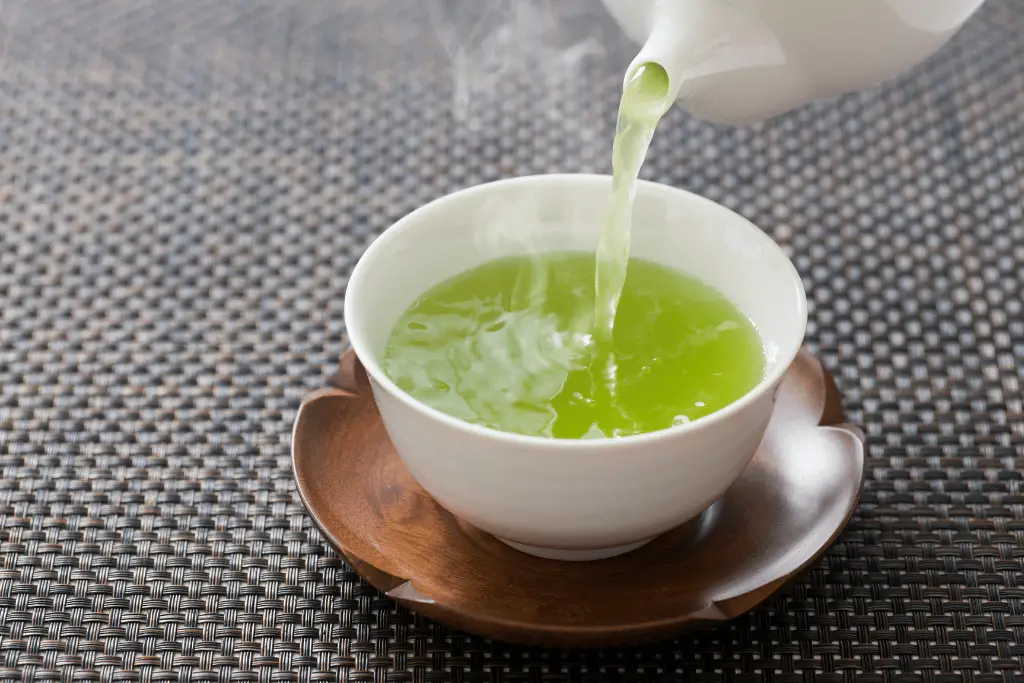
Embarking on the day with a steaming cup of green tea has become a ritual for many. The morning serves as an ideal canvas to kickstart your day with a burst of antioxidants and a gentle caffeine lift. Unlike the jolting impact of coffee, green tea provides a milder awakening, fostering alertness without the jitteriness.
Benefits of Morning Consumption:
- Metabolism Boost: Green tea is often lauded for its potential role in boosting metabolism. Consuming it in the morning may enhance its impact on calorie burning throughout the day, supporting weight management goals.
- Cognitive Enhancement: The combination of caffeine and L-theanine, a naturally occurring amino acid in green tea, promotes a state of focused alertness. This can enhance cognitive functions and set a positive tone for the day.
- Hydration Kickstart: After a night of rest, the body is naturally dehydrated. Green tea, with its water content and mild caffeine, aids in rehydration, setting a refreshing tone for the morning routine.
The Midday Pause: A Moment of Refreshment
As the day unfolds, the midday pause presents an opportune moment for a refreshing interlude. Green tea’s moderate caffeine content becomes an asset, providing a gentle energy lift without the potential disruption of evening sleep.
Benefits of Afternoon Consumption:
- Digestive Aid: Consuming green tea after a meal can aid in digestion. The polyphenols in green tea may help in reducing inflammation and supporting overall digestive health.
- Stress Relief: The calming effect of green tea, attributed to its L-theanine content, can act as a natural stress-reliever. Taking a moment for green tea in the afternoon can provide a serene pause amid the demands of the day.
- Antioxidant Infusion: The afternoon is an excellent time to infuse your body with antioxidants. Green tea’s abundance of catechins contributes to its antioxidant prowess, potentially combating oxidative stress.
The Evening Unwind: Navigating Green Tea in the Evening
As the sun begins its descent, the considerations around green tea subtly shift. Evening marks a time for winding down, and the choices made in these twilight hours can influence the quality of rest that follows.
Benefits of Evening Consumption:
- Decaffeinated Varieties: Opting for decaffeinated green tea in the evening allows you to enjoy its flavors and potential health benefits without the stimulant effects that might interfere with sleep.
- Mindful Ritual: The act of preparing and sipping green tea can become a mindful ritual, signaling to the body that it’s time to transition from the busyness of the day to a more restful state.
- Hydration Without Overstimulation: Green tea, even in the evening, contributes to hydration without the risk of disrupting sleep patterns. Choosing caffeine-free options ensures a serene prelude to bedtime.
Adjusting Green Tea Consumption for Nighttime
While the evening might offer an opportunity for decaffeinated green tea, approaching the late hours requires a nuanced understanding. Nighttime green tea enjoyment can be influenced by factors such as individual caffeine sensitivity, sleep patterns, and personal preferences.
Considerations for Nighttime Consumption:
- Caffeine Sensitivity: Individuals vary in their sensitivity to caffeine. If even small amounts affect your sleep, it might be advisable to enjoy caffeine-free herbal infusions in the late evening.
- Herbal Alternatives: Exploring herbal teas, such as chamomile or peppermint, can offer a soothing nighttime beverage without the caffeine content found in green tea.
- Personal Sleep Patterns: Observing how your body responds to green tea in the evening can guide your choices. If you find that it doesn’t impact your sleep, enjoying a cup in the late hours may align with your preferences.
Scientific Nuances of Green Tea Consumption
Beyond the rhythmic cadence of daily life, the scientific nuances of green tea consumption cast a profound light on the potential health benefits and considerations associated with different times of the day. In this exploration, we’ll delve into the intricacies of green tea’s interactions with the body’s internal clock, its impact on metabolism, and the delicate balance between timing and well-being.
Chronobiology of Green Tea:
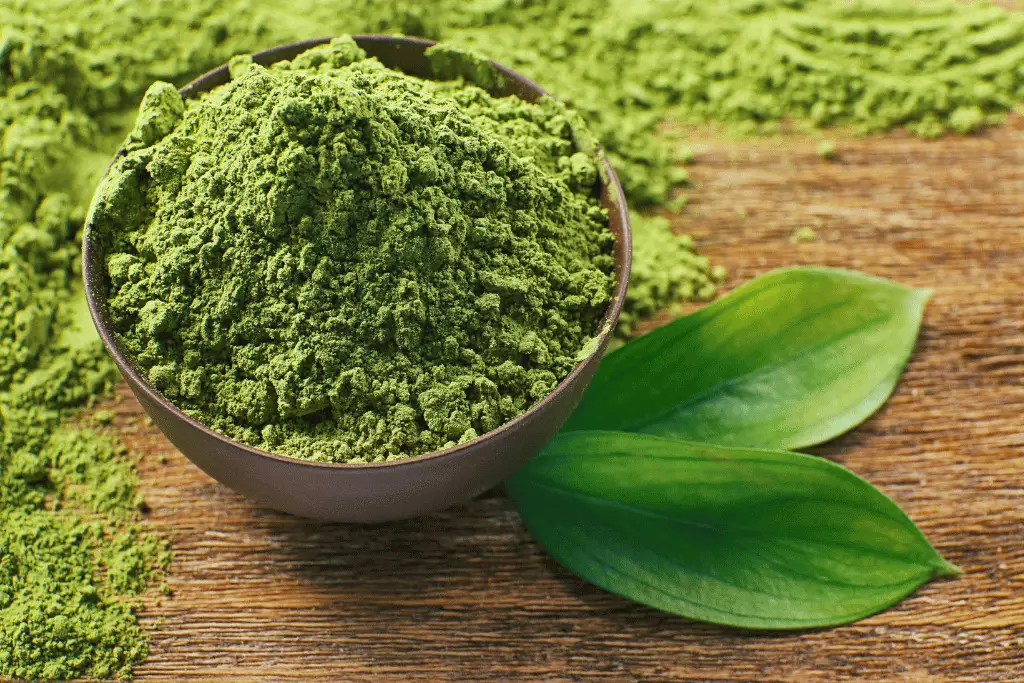
The body operates on a circadian rhythm, an internal clock that regulates various physiological processes in a roughly 24-hour cycle. Green tea, with its myriad bioactive compounds, interacts with these rhythms, influencing how the body responds to its consumption at different times.
Morning Harmony: Aligning with Metabolic Awakening
Impact on Metabolism:
Consuming green tea in the morning synchronizes with the body’s natural metabolic awakening. The combination of caffeine and catechins in green tea may enhance metabolic rate and fat oxidation, potentially aiding in weight management efforts.
Cognitive Boost and Alertness:
Morning green tea’s moderate caffeine content stimulates the central nervous system, promoting alertness and enhancing cognitive function. This natural lift can contribute to a focused and productive start to the day.
Antioxidant Infusion:
As the body emerges from the fasting state of sleep, morning green tea provides a potent infusion of antioxidants. These compounds combat oxidative stress, supporting overall health and well-being.
Afternoon Resilience: Nurturing Digestive Harmony
Digestive Support:
The afternoon, often marked by a post-lunch dip in energy, benefits from the digestive support that green tea can offer. Polyphenols in green tea may aid in reducing inflammation and supporting optimal digestive function.
Stress Alleviation:
Green tea’s L-theanine content becomes particularly relevant in the afternoon, acting as a natural stress-reliever. Amidst the demands of the day, a moment with green tea can provide a calming interlude.
Antioxidant Surge:
The afternoon session is an opportune time for another surge of antioxidants. Green tea’s catechins contribute to the body’s defense against free radicals, promoting cellular health.
Evening Serenity: Balancing Relaxation and Rest
Decaffeinated Varieties:
As evening descends, opting for decaffeinated green tea allows for the enjoyment of its flavors and potential health benefits without the stimulating effects that might interfere with sleep.
Rituals of Relaxation:
The act of preparing and sipping green tea becomes a soothing ritual in the evening. This mindful approach signals to the body that it’s time to transition from the busyness of the day to a more tranquil state.
Hydration for Rest:
While remaining mindful of the potential impact on sleep, consuming green tea in the evening contributes to hydration without the risk of overstimulation, fostering a serene prelude to bedtime.
Nighttime Deliberations: Navigating Sensitivity and Preferences
Caffeine Sensitivity:
Individuals vary in their sensitivity to caffeine, and nighttime green tea enjoyment should be approached with an awareness of one’s response. For those sensitive to caffeine, choosing caffeine-free herbal alternatives ensures a peaceful night.
Herbal Alternatives:
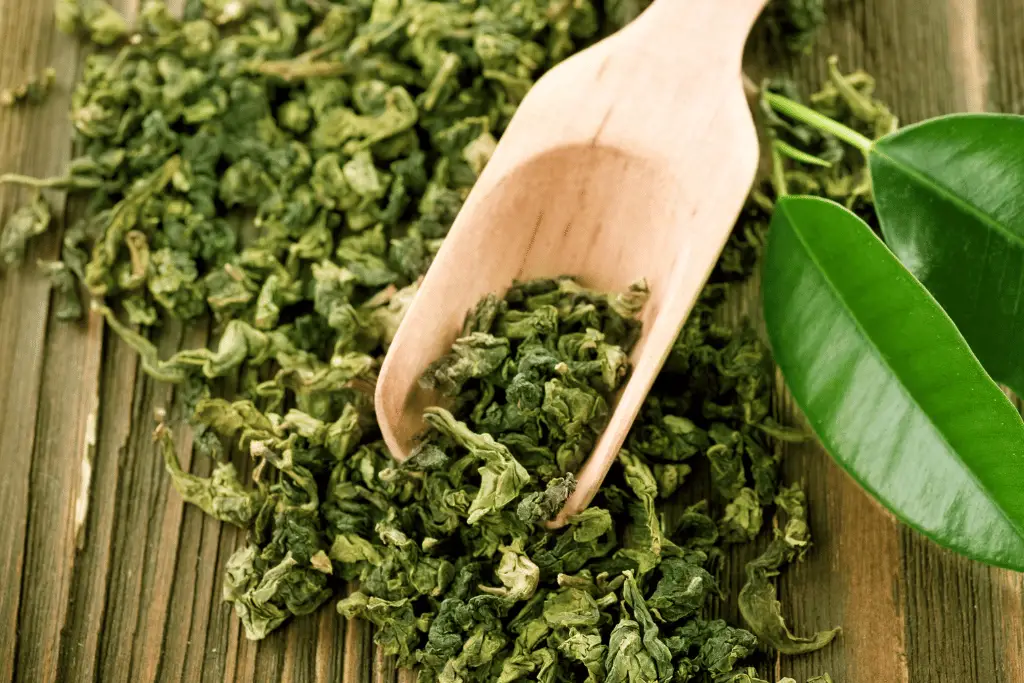
Exploring herbal teas in the late evening can provide a soothing bedtime beverage without the caffeine content found in green tea. Chamomile, valerian, or peppermint are popular choices known for their calming properties.
Personal Sleep Patterns:
Observing how your body responds to green tea in the evening is a personalized journey. If you find that it doesn’t disrupt your sleep patterns, enjoying a cup in the late hours may align with your preferences.
A Sensorial Journey: Cultural and Sensory Dimensions of Green Tea
Beyond the ticking hands of the clock and the scientific intricacies lies the art of sipping green tea—a sensorial journey that transcends time. In this part, we’ll explore the cultural tapestry of green tea consumption, the traditional ceremonies that elevate it to an art form, and the nuanced flavor profiles that dance on the taste buds. Join us on this voyage as we uncover how the ritual of green tea extends beyond a mere beverage to an experience that engages the senses and embodies moments of timeless elegance.
Cultural Elegance: Green Tea Traditions Around the World
Green tea has woven itself into the fabric of diverse cultures, each embracing the ritual of tea consumption with a unique flair. From the traditional Japanese tea ceremony, where every movement is a deliberate expression of harmony, respect, purity, and tranquility (known as the four principles of Chanoyu), to the Chinese Gongfu Cha, an elaborate and ceremonial preparation method that celebrates the art of tea, the cultural dimensions of green tea are as diverse as they are elegant.
Japanese Tea Ceremony: Embracing Harmony and Ritual
In Japan, the Way of Tea, or Chanoyu, is an art form that extends beyond the mere act of preparing and drinking tea. Rooted in Zen Buddhism, the Japanese tea ceremony is a ritualistic performance where the host carefully prepares and serves matcha, a powdered green tea, to the guests. Every gesture, from the way the tea bowl is offered to the methodical whisking of the matcha, is laden with symbolism and profound meaning.
Chinese Gongfu Cha: The Art of Skillful Brewing
In China, the Gongfu Cha ceremony is a celebration of skillful brewing. The preparation of tea involves multiple infusions, each unveiling different layers of flavor. The process requires precision and attentiveness, turning the act of making tea into a meditative and sensory experience.
Sensory Symphony: Navigating Flavor Profiles
Beyond its cultural richness, green tea invites us into a world of nuanced flavor profiles, each variety telling a story through its aroma, taste, and finish. From the fresh and grassy notes of Sencha to the subtly sweet and nutty character of Dragon Well (Longjing), green teas offer a diverse spectrum of sensory experiences.
Sencha: A Symphony of Freshness
Originating in Japan, Sencha is one of the most popular green tea varieties globally. Its leaves are steamed before rolling and drying, preserving their vibrant green color and imparting a fresh and grassy flavor. The sensory journey of Sencha unfolds with each sip, offering a symphony of briskness and invigorating green notes.
Dragon Well (Longjing): Nurturing Harmony
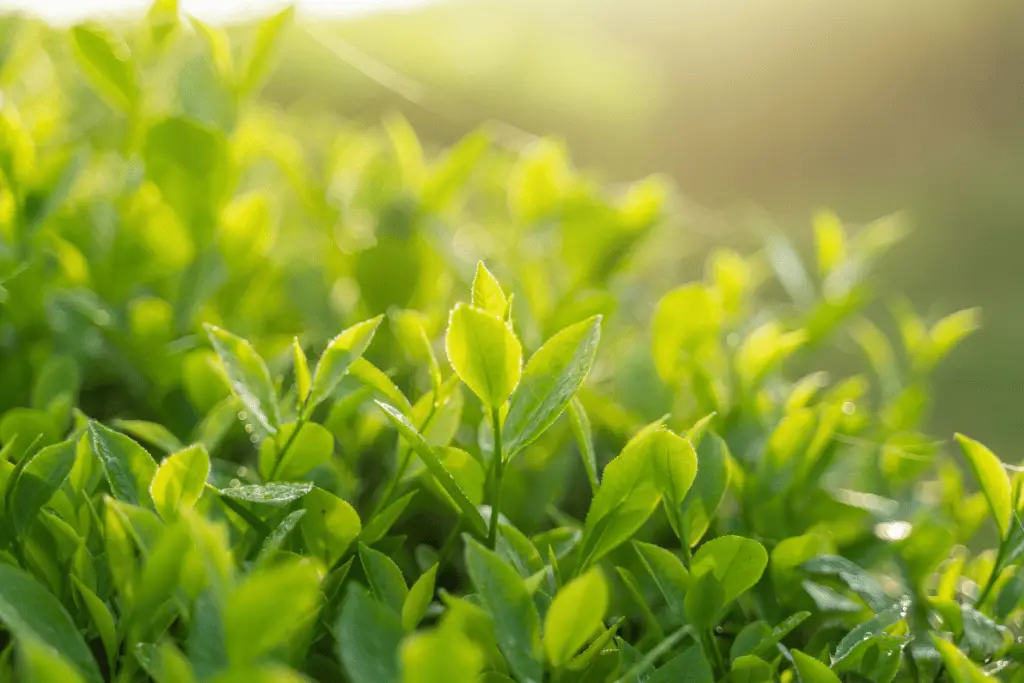
Hailing from China, Dragon Well, or Longjing, is revered for its flat, spear-shaped leaves and a flavor profile that harmonizes vegetal sweetness with a chestnut-like nuttiness. The leaves are pan-fired, giving them a distinct appearance and a smooth, calming infusion.
Matcha: The Elegance of Powdered Wholeness
In the world of powdered green teas, Matcha takes center stage. Integral to the Japanese tea ceremony, Matcha is made from shade-grown tea leaves that are ground into a fine powder. The result is an emerald elixir that embodies the entire essence of the tea plant, offering a rich umami flavor and a creamy texture.
Embracing Timelessness: The Fusion of Tradition and Modernity
As we immerse ourselves in the cultural and sensory dimensions of green tea, we witness the fusion of tradition and modernity. While ancient ceremonies echo through time, contemporary tea aficionados embrace green tea in innovative ways. From matcha lattes to green tea-infused desserts, the timeless essence of green tea continues to evolve, adapting to the palates and preferences of the modern era.
The Harmony of Time and Taste: Decoding the Best Time to Drink Green Tea
As we stand at the crossroads of tradition, science, and sensory delight, the question lingers: when is the best time to drink green tea? The answer, it seems, is a delicate dance between the ticking hands of the clock and the nuanced palate of the individual. In this final exploration, we’ll weave together the threads of our journey, encapsulating the essence of green tea enjoyment and shedding light on the harmonious interplay of cultural heritage, health consciousness, and the sheer joy of sipping tea.
Culmination of Cultural Heritage: A Timeless Tradition
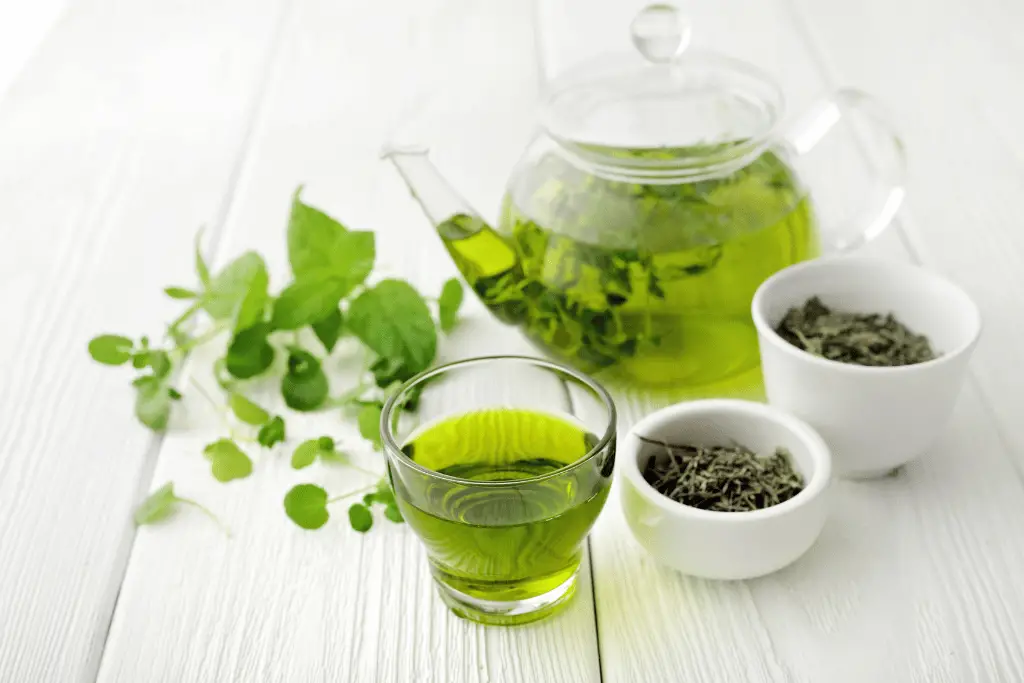
The rich tapestry of green tea’s cultural heritage reveals that the best time to drink green tea extends beyond the constraints of the clock. It’s a ritual woven into the fabric of traditions—whether it’s the meditative Japanese tea ceremony or the skillful brewing of Chinese Gongfu Cha. The cultural dimension invites us to savor green tea not just as a beverage but as a sensorial journey, an art form that transcends time.
Scientific Nuances: Aligning with Circadian Rhythms
The scientific nuances of green tea consumption further illuminate the best times to indulge in its flavors. Morning, with its metabolic awakening, is an opportune time for the energetic lift and cognitive boost that green tea can offer. Afternoons, marked by digestive needs and potential stress, welcome the calming properties and digestive support of green tea. Evenings call for decaffeinated varieties, embracing the serenity of mindful rituals without disrupting sleep.
Sensory Symphony: Navigating Flavor Profiles
The flavor profiles of green teas—Sencha’s vibrant freshness, Dragon Well’s harmonious balance, and Matcha’s rich umami—contribute to the sensorial symphony of green tea enjoyment. Each variety invites us into a world where taste becomes a journey, and the nuances of aroma, taste, and finish create moments of pure delight.
Personal Joy: Celebrating Individual Preferences
In the end, the best time to drink green tea is also a deeply personal affair. It’s about celebrating individual preferences, listening to the body’s rhythms, and creating moments of joy. Whether it’s the quietude of a morning ritual, the refreshing interlude of an afternoon break, or the serene prelude to bedtime, green tea adapts to the ebb and flow of our lives.
Savoring the Beauty of Timeless Moments
In the tapestry of time and taste, green tea emerges as a timeless companion—an elixir that transcends cultural boundaries, embraces scientific wisdom, and delights the senses in myriad ways. The best time to drink green tea is not a fixed hour but a culmination of mindful choices, an amalgamation of tradition, science, and personal joy. As you embark on your own green tea journey, may each sip be a celebration of timeless moments. May the aroma of the leaves, the dance of flavors on your palate, and the quiet joy of a stolen moment with a cup of tea infuse your days with a sense of harmony and well-being. Here’s to the beauty of green tea—where time stands still, and every sip is a sip into the essence of life’s simple pleasures. Cheers!






